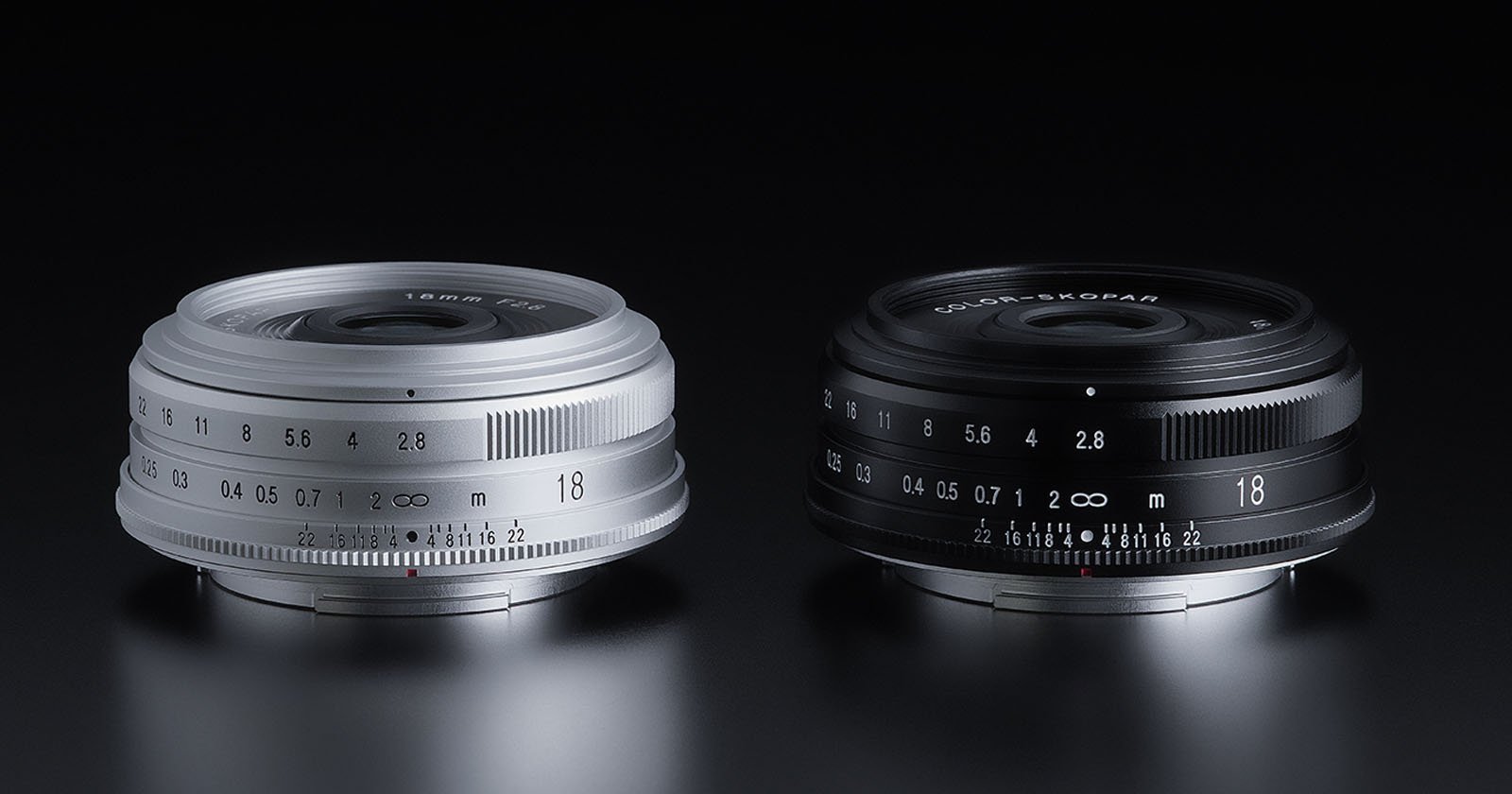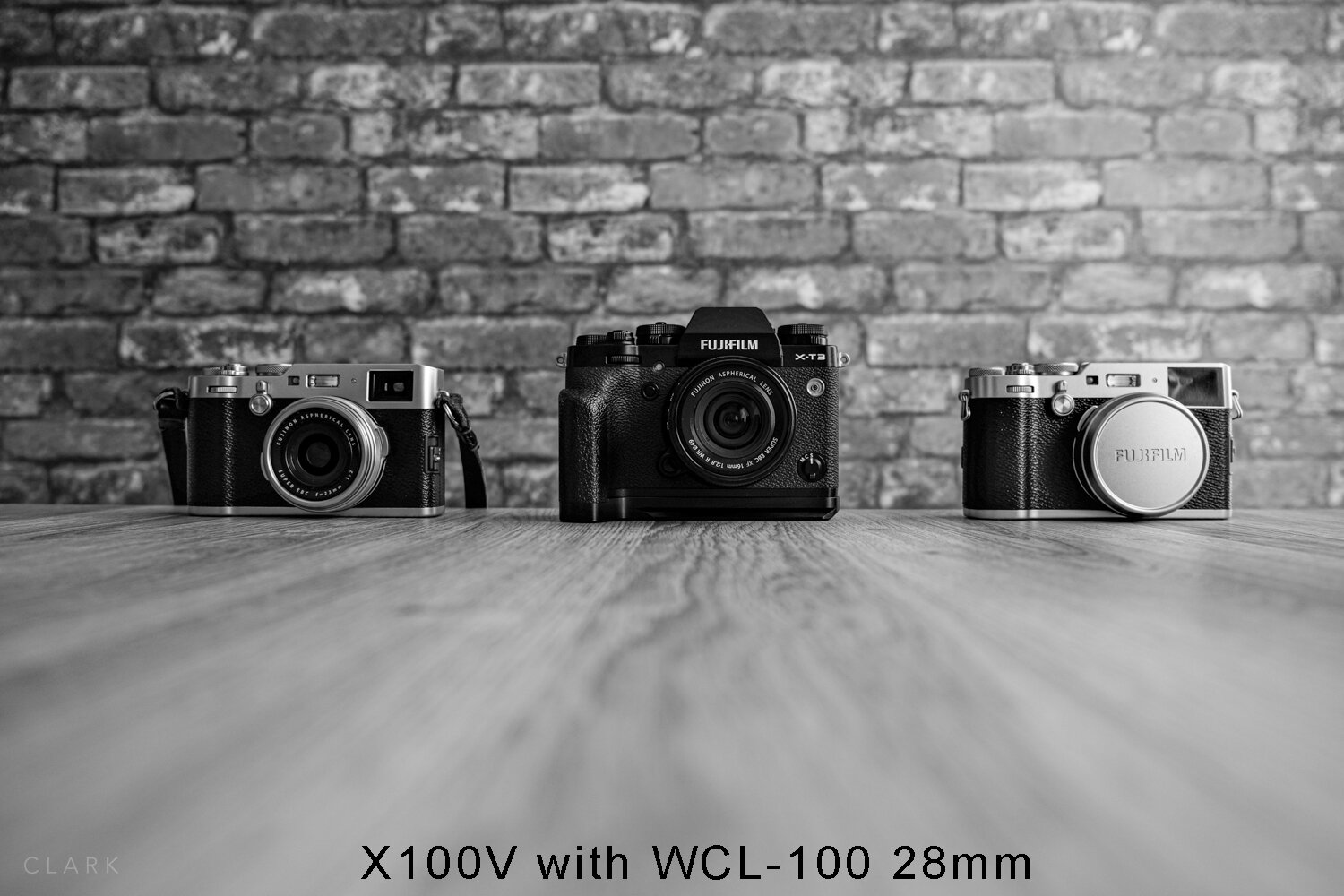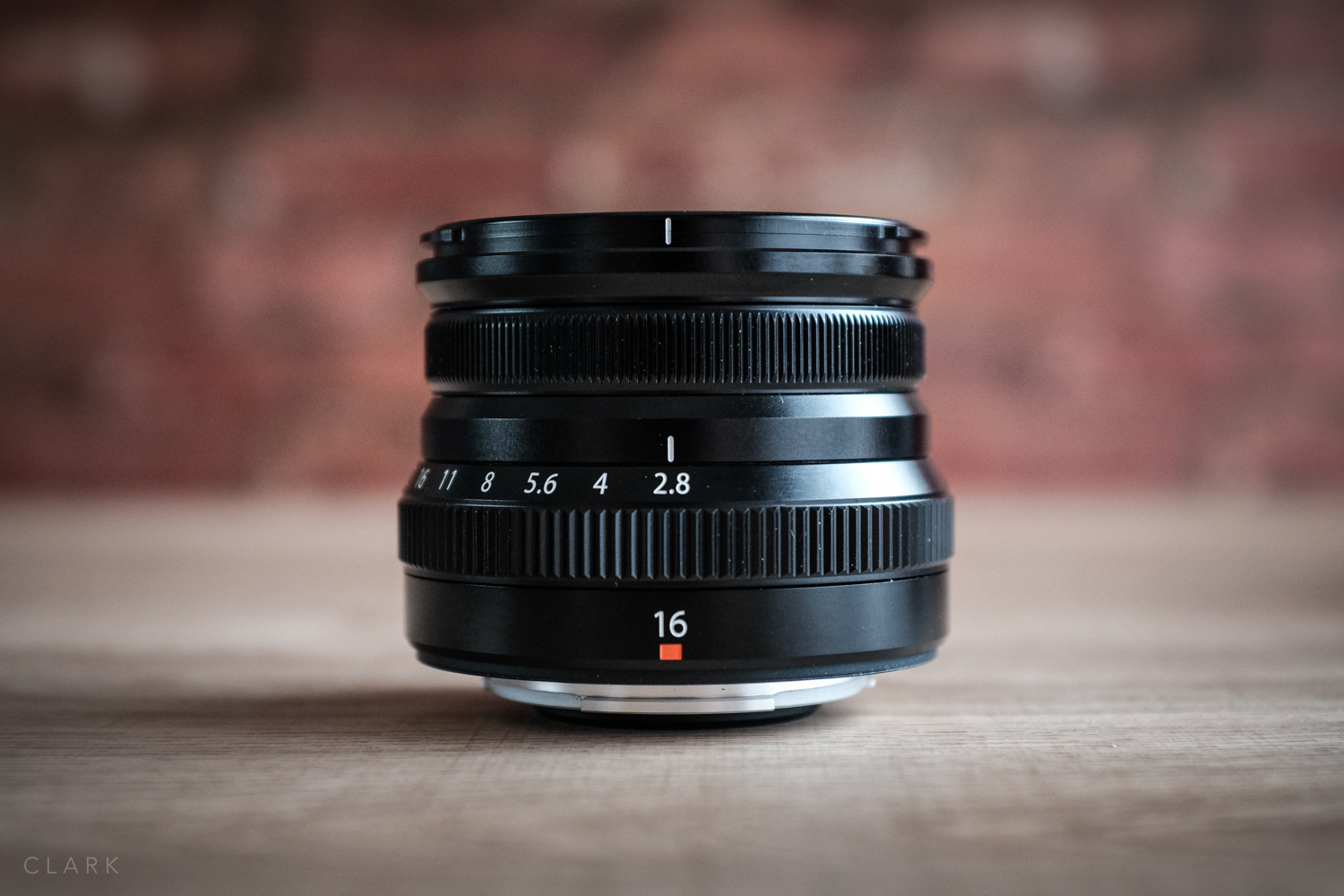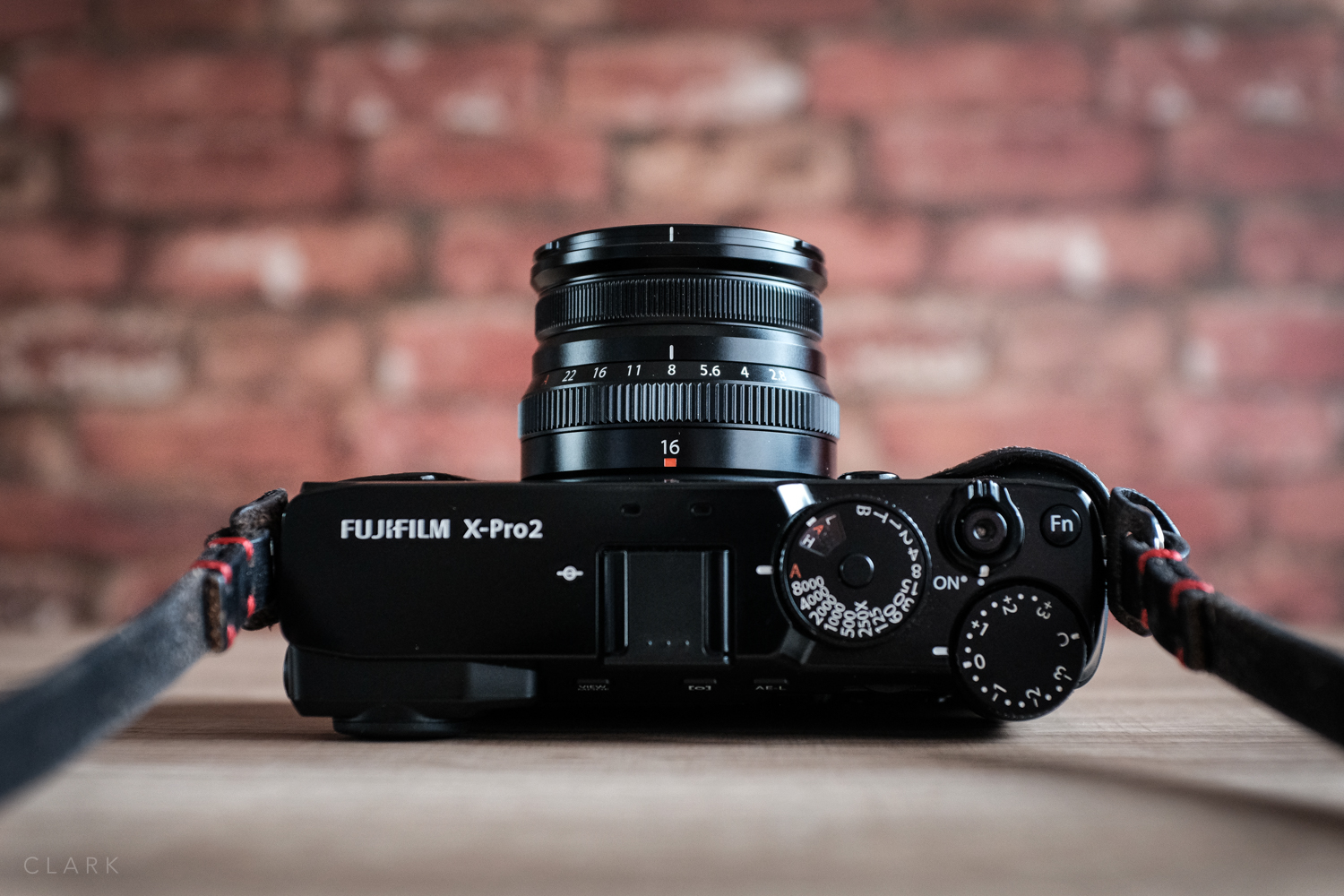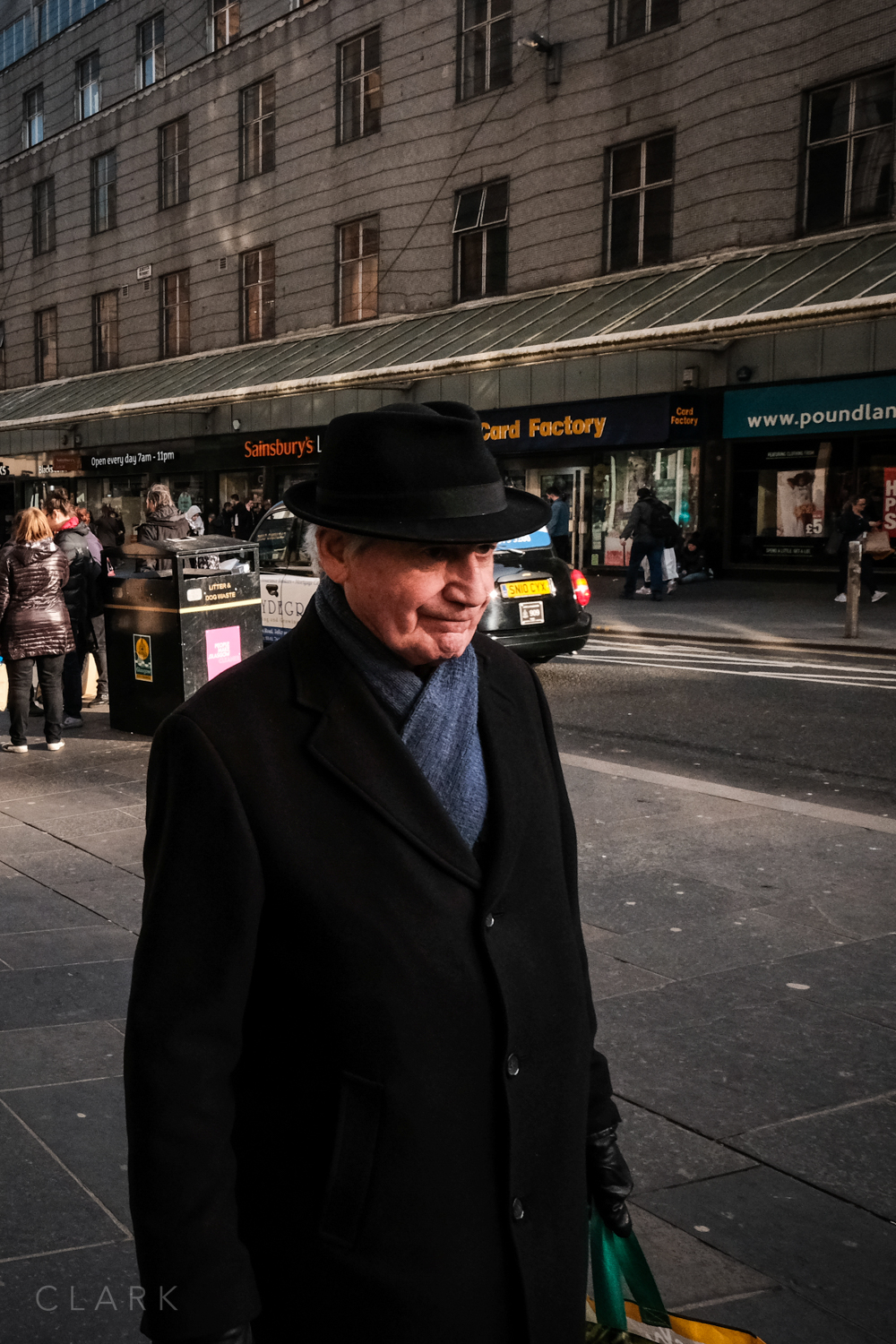Voigtlander 18mm f2.8 Color Skopar for Fujifilm X-Mount
I have been waiting for this for years! A small and compact, 28mm (full frame equivalent), manual focus lens, with focus tab. This just might be the best street photography lens for Fujifilm, ever!
As an owner of the Voigtlander 27mm f2 Ultron (review coming shortly), I already know that the built quality on the new 18/2.8 will be premium. The focus will be smooth and the aperture ring will have just the right amount of clicks stiffness. The 27/2 is a great little lens, but for street photography using zone focus, this will be amazing!
My one concern is the very short distance between 2 meters and infinity. The 27/2 has the same travel distance between 3 meters to infinity and I found that to be very short. But I did get used to it fairly quickly, plus the 18mm will have much more depth of field than the 27mm
I still love my original Fujifilm 18/2, but it’s never been the best lens for zone focusing on the street.
I’ll review this as soon as I get my hands on one, but needless to say…I’m excited!


